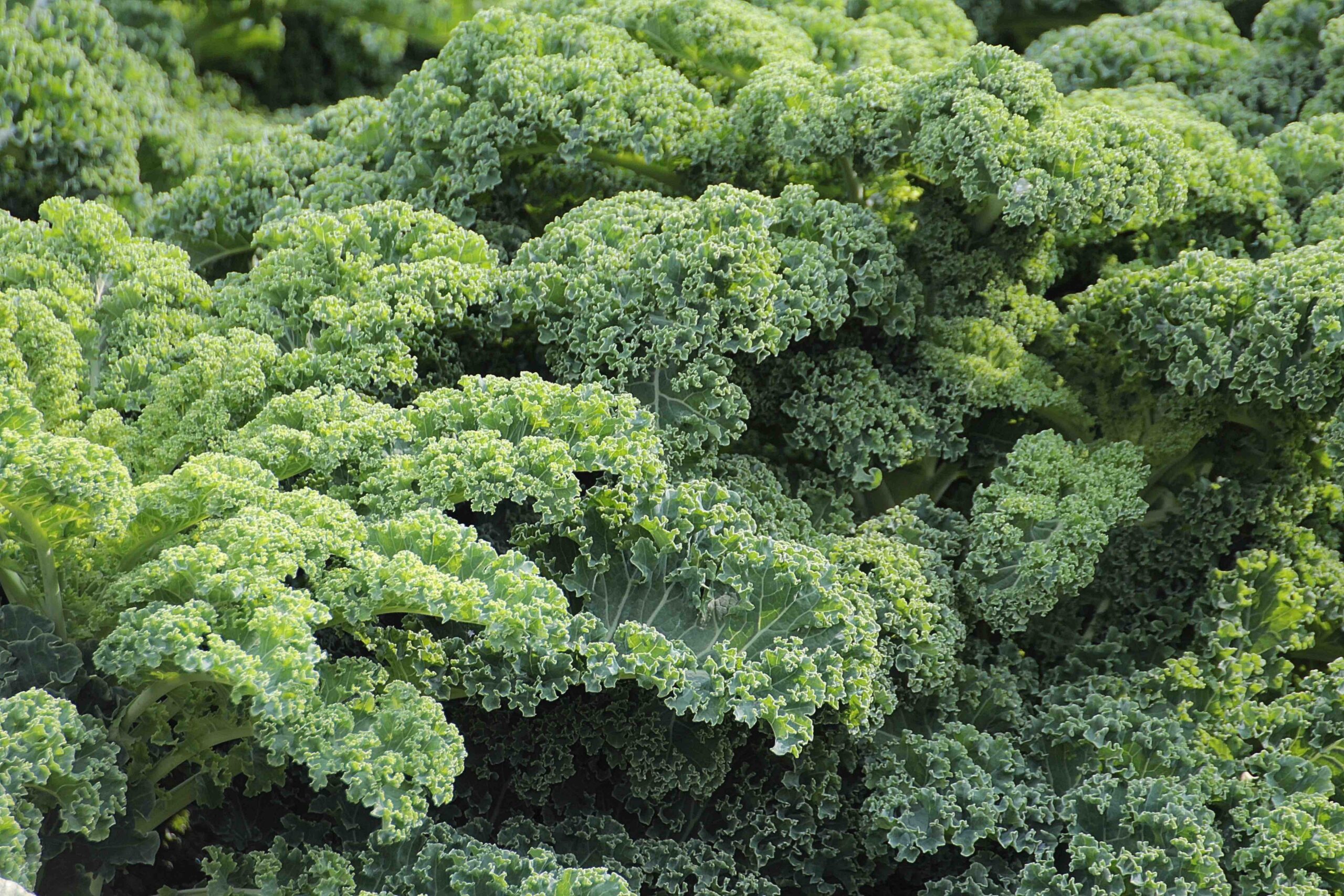As U.S. consumers become more health-conscious and cognizant of the impacts of their food choices on their health, they have started to recognize the importance of leafy greens and vegetables more fully for a well-balanced diet. This has led to an increase in consumption of products with these characteristics as seen in the figure below (USDA, 2017).
Figure 1: U.S Per Capita Loss-adjusted Vegetable Availability, 1970 and 2015

As a result of this health trend, Kale (Brassica oleracea var. acephala), one of the oldest cultivated cabbage-like plants, is becoming more often consumed. Today, because of the rising popularity of kale, there is even a National Kale Day on the first Wednesday in October each year. Kale is sold for its leaves in a wide variety of options based on maturity stages. Compared to other leafy greens and vegetables most of the Kale sold in US is certified organic (Peda et al., 2021).
However, there is limited information about the profitability of organic Kale production versus conventional one. Recently, Agricultural Economists at Clemson University, in collaboration with WP Rawl (a vertically integrated Kale farm in South Carolina) developed the first enterprise budget for organic Kale production. The findings indicate that the switch to organic production increased NPV by around 15% after 18 years. The break-even point was 4 years. In other words, one year after farmers who choose to transition to organic kale undergo the three-year mandatory transition period during which they must sell their kale as conventional they are able to break even with what they could have made if they had chosen to stick with conventional kale. The researchers’ analysis assumes that the kale is sold by the box with 24 bunches per box. The analysis also assumes a conventional yield of 800 boxes of kale per acre sold at $10 a box and organic kale with a yield of 700 boxes per acre at a selling price of $14 a box.
Funding Source: Project funded by USDA NIFA ORG program (Award Number:2021-51106-35495)
References:
Reda, T., P. Thavarajah, R. Polomski, W. Bridges, E. SHipe, and D. Thavarajah. 2021. “Reaching the highest self: A review of organic production, nutritional quality, and shelf life of kale (Brassica oleracea var. acephala) Plants People Planet 3(4): 308-318
Francis, Samuel, Felipe de Figueiredo Silv, and Michael Vassalos. “Is the Transition from Conventional to Organic Kale Production Profitable?” Southern Ag Today 3(27.5). July 7, 2023. Permalink
Photo by Pixabay: https://www.pexels.com/photo/green-plant-51372/

